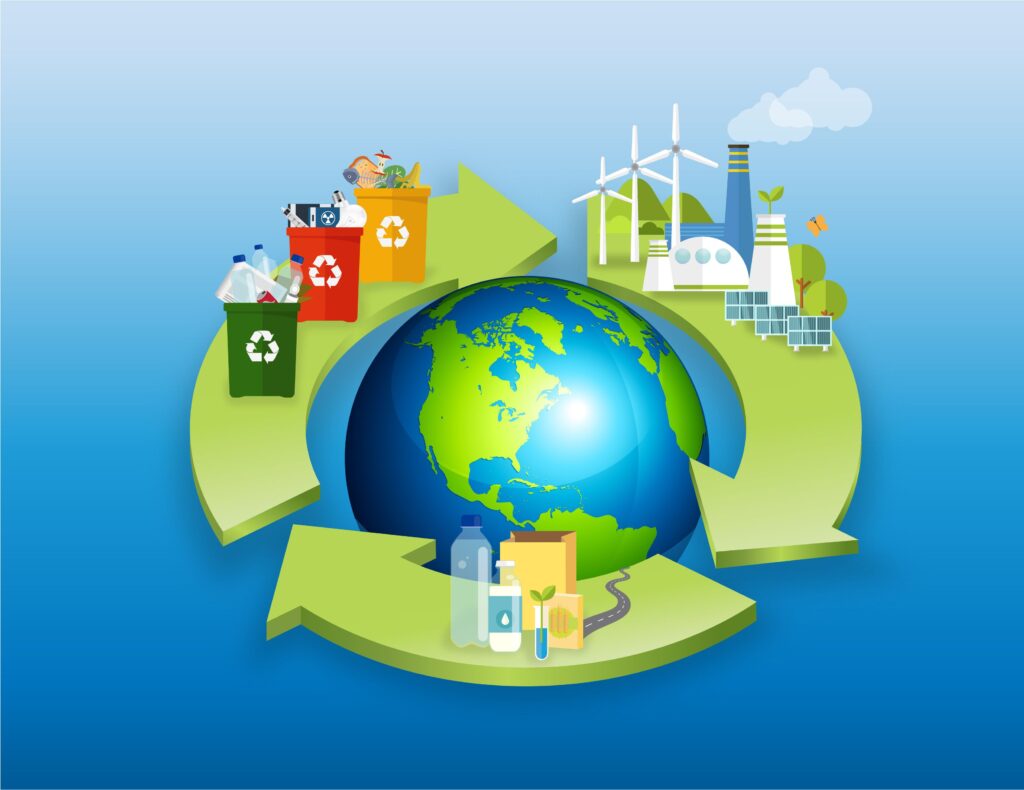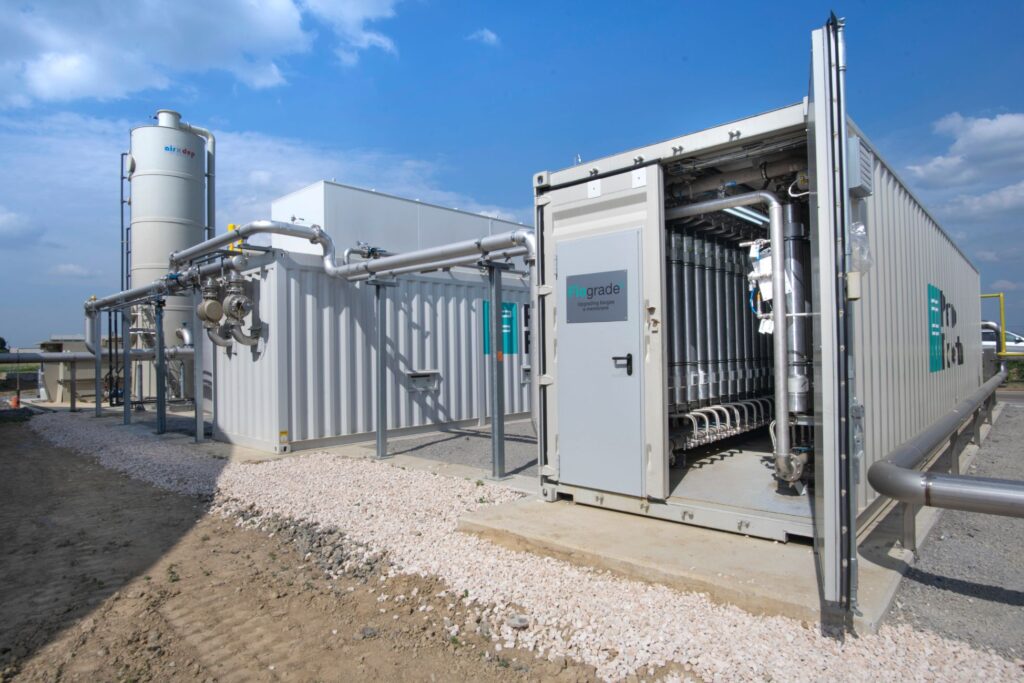Biomethane: the advantages of this gas
A gas, many advantages for communities

As part of an energy-efficient and zero-emission pathway, natural gas will be increasingly complemented by the production of biogas and biomethane, which is considered as one of the resources that will contribute most to reducing the current state of air pollution.
The increasing production and subsequent use of biomethane will bring as advantages an acceleration in the processes towards carbon neutrality and circular economy.
Sustainability and circular economy: what they are
Under the umbrella of “sustainability” we find different areas in which sustainability can be declined. In general, we can define sustainability as the condition of development that meets the needs of the present generation without compromising the ability of subsequent generations to meet their own needs. There are three main areas of sustainability, which, when they intersect, can enable the realisation of full sustainable development: economic sustainability, environmental sustainability and social sustainability.
The circular economy is strictly connected with sustainability: it is in fact a model of production and consumption in which sharing, reuse, repair, reconditioning and recycling of materials are emphasised. What in the “traditional” economy is considered as waste, here is recovered and reused, thus reducing waste and enhancing the specificities and potential of the territory.

Why biomethane is a sustainable gas
Biomethane is a sustainable gas produced through the digestion of organic material biomass, mainly by-products and waste from agricultural or industrial processing. The use of raw materials that are considered waste, which when properly processed give rise to biomethane, is a virtuous example of eco-sustainable and circular business.
In several instances, such as when the raw material used is an agricultural waste, the processing to obtain biomethane also produces a different by-product called digestate. This substance is co-produced by anaerobic digestion and does not depend on the biomass used: for example, waste digestion also produces digestate. This by-product can be used as an agricultural fertiliser, avoiding the use of chemical products and with a view to complete circularity of the raw material processing cycle.


